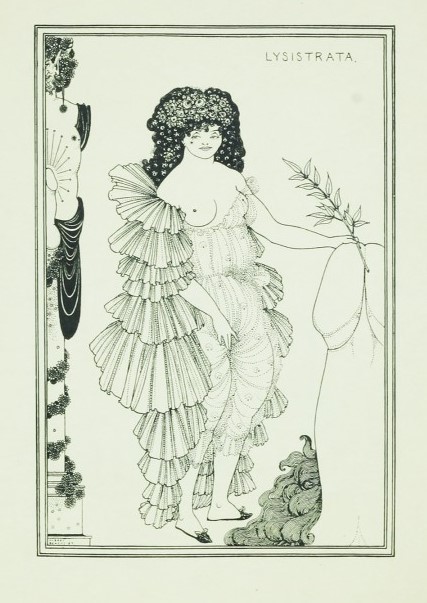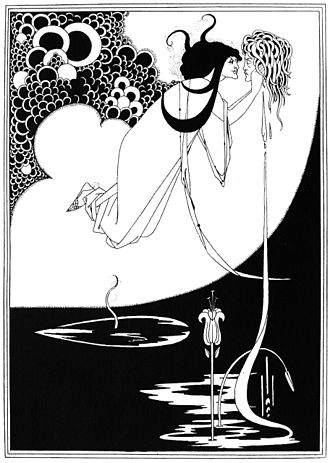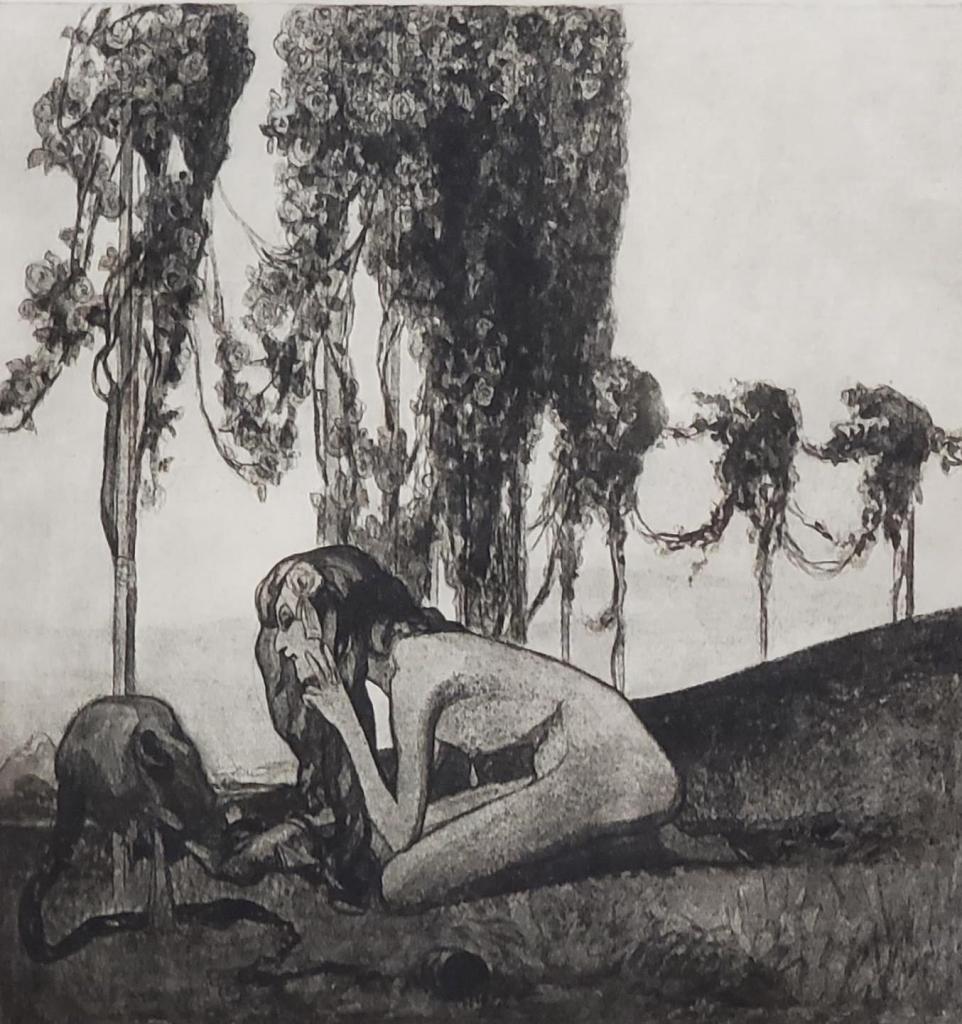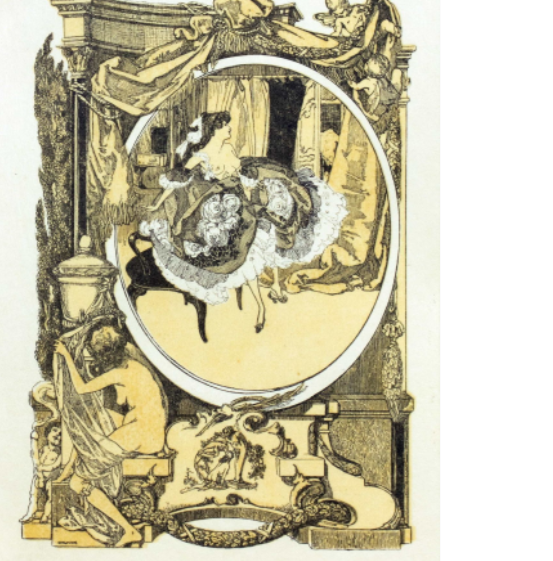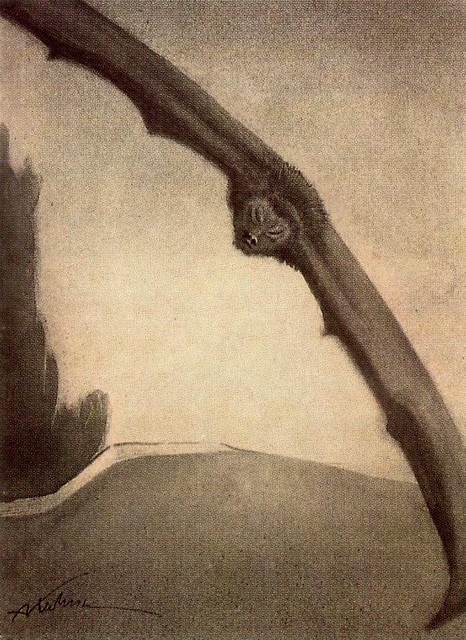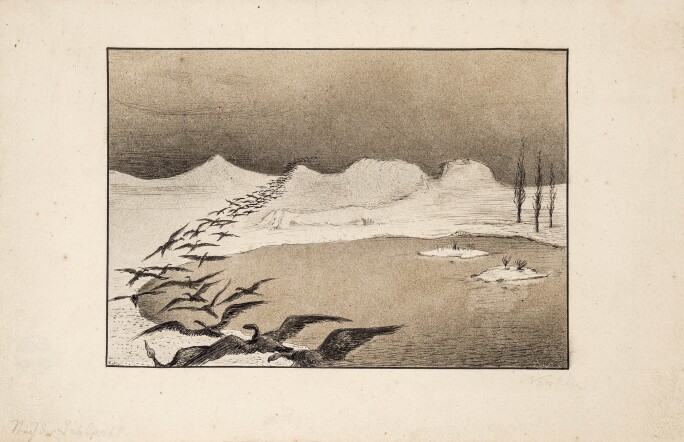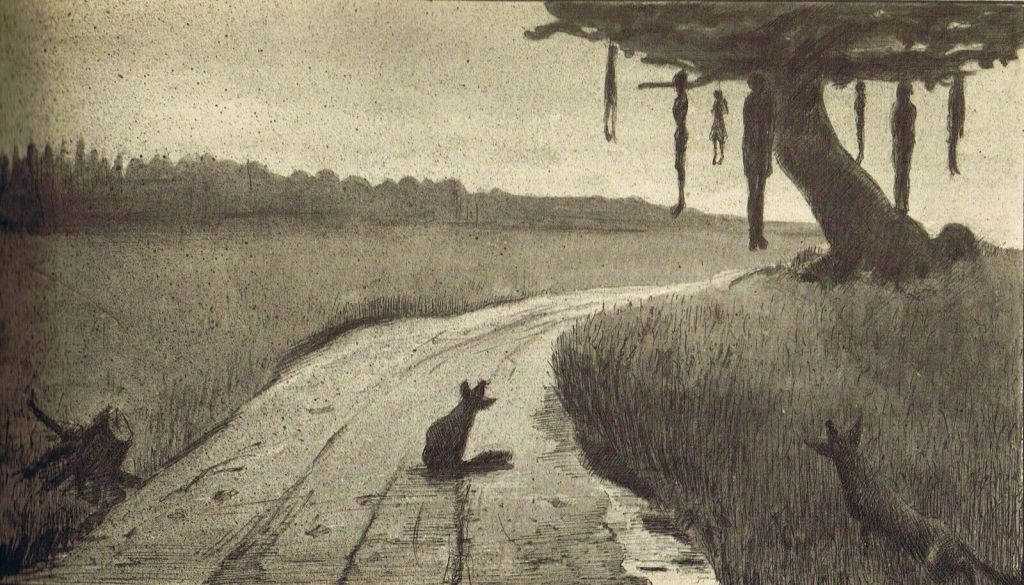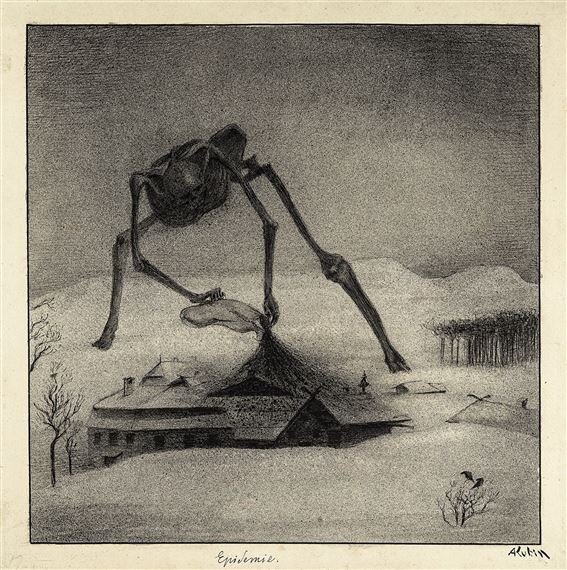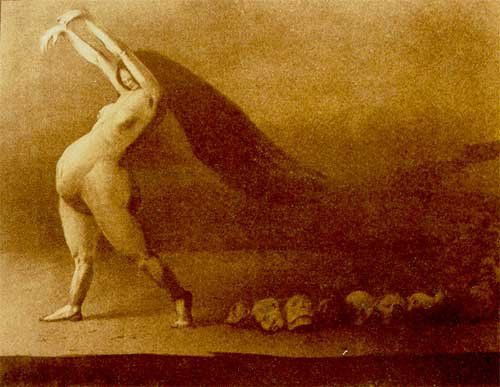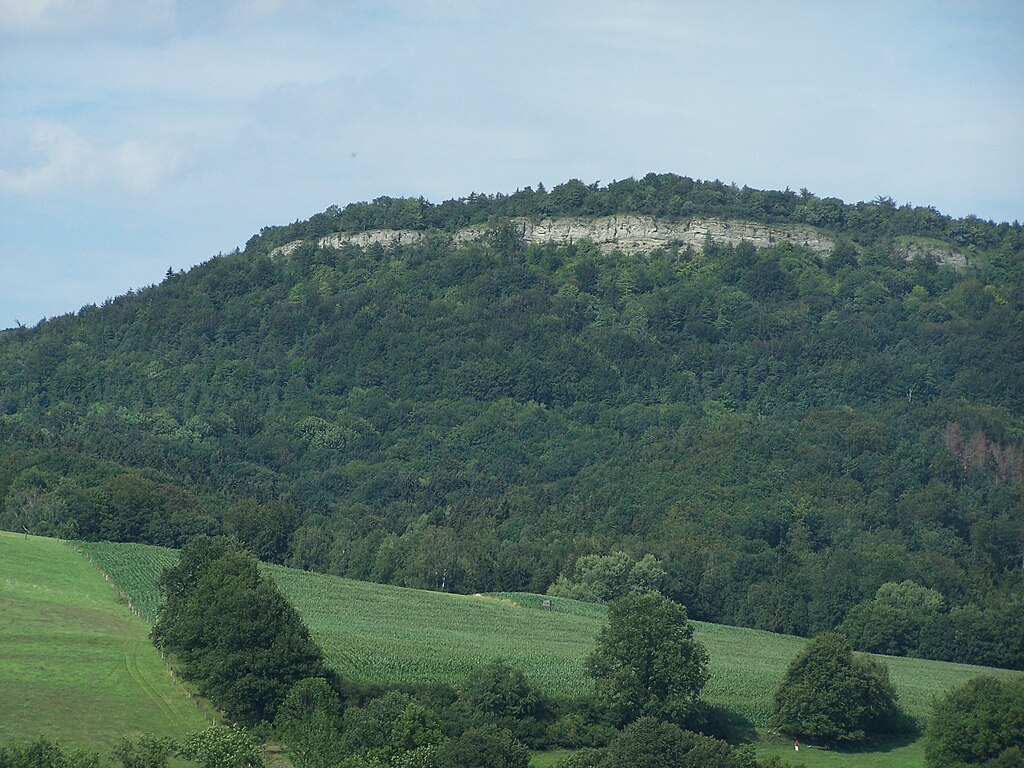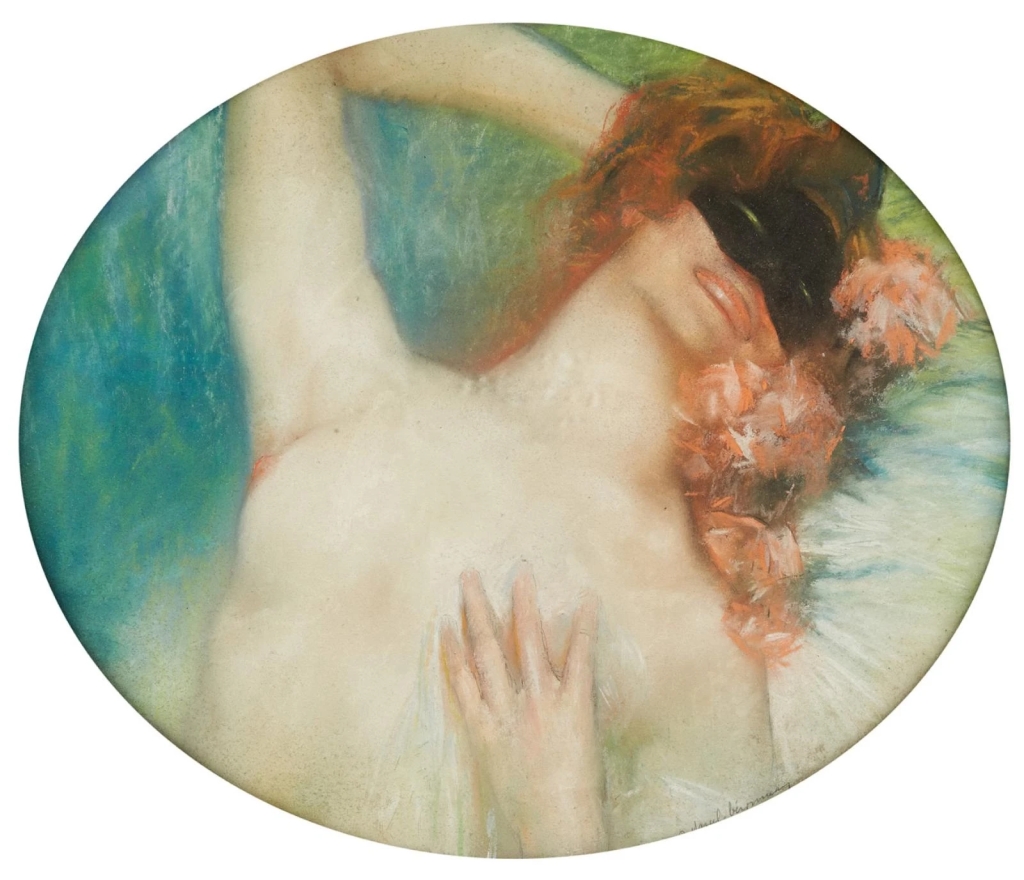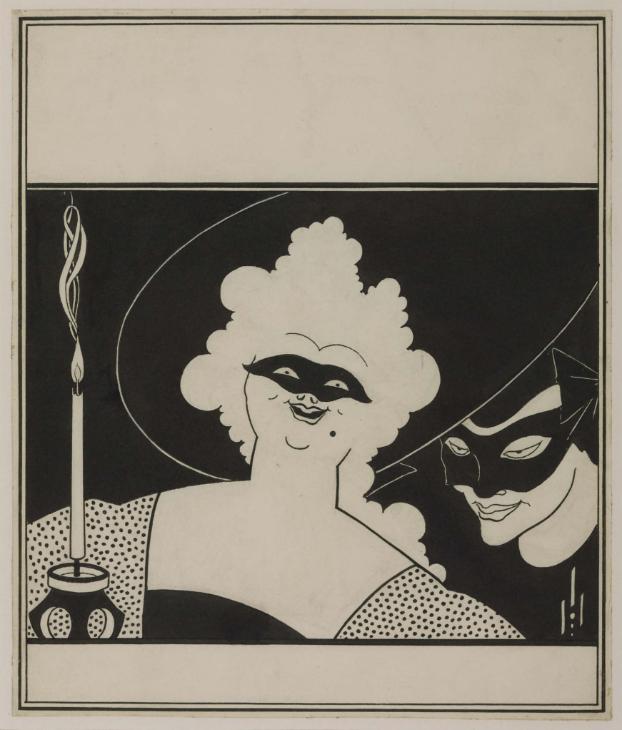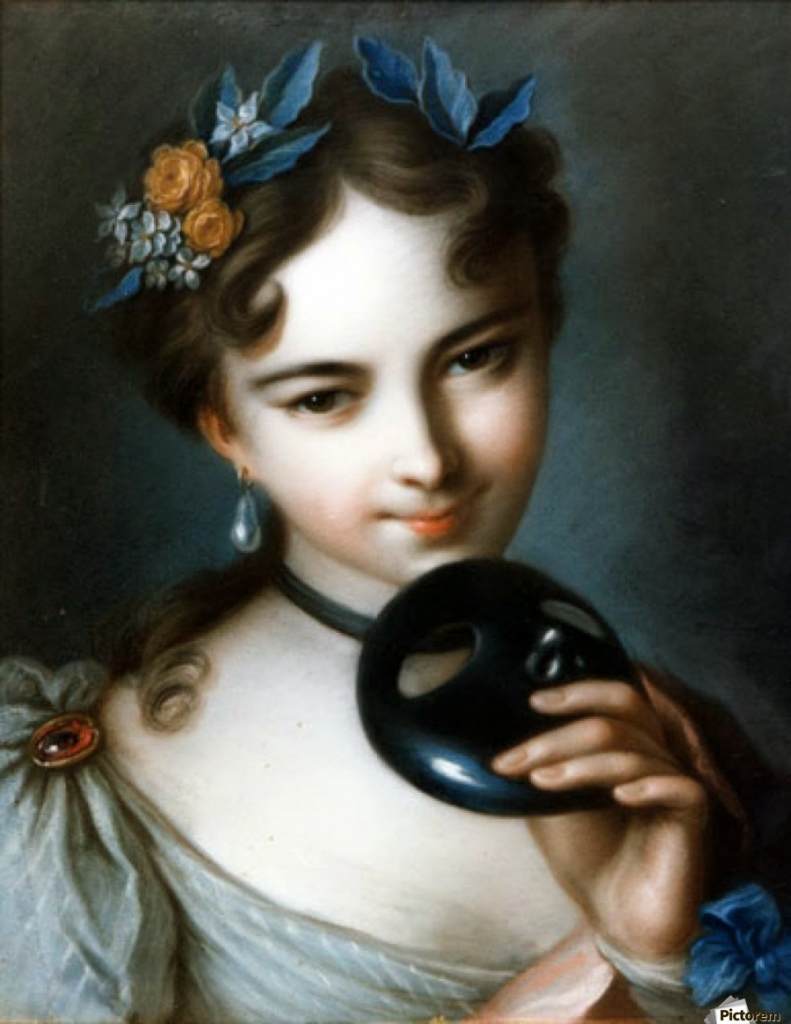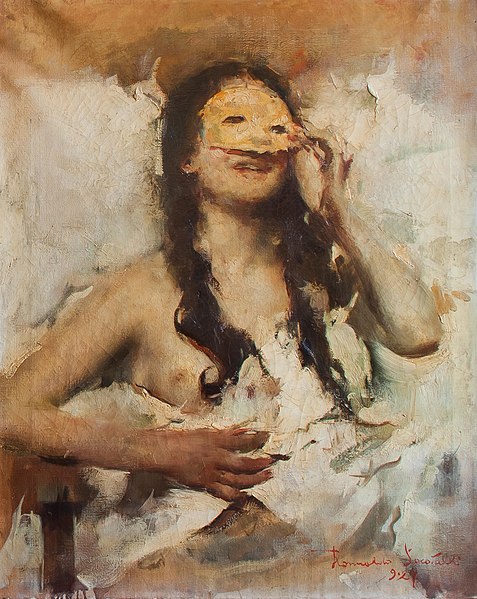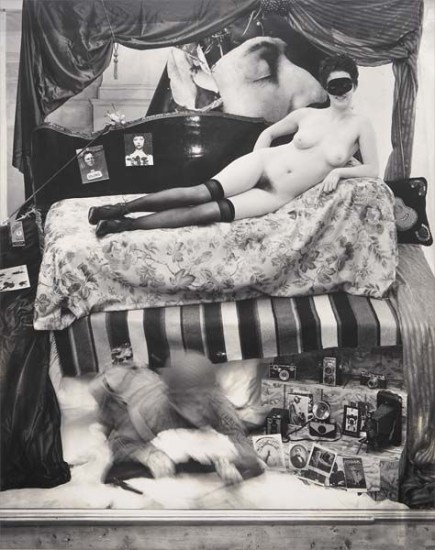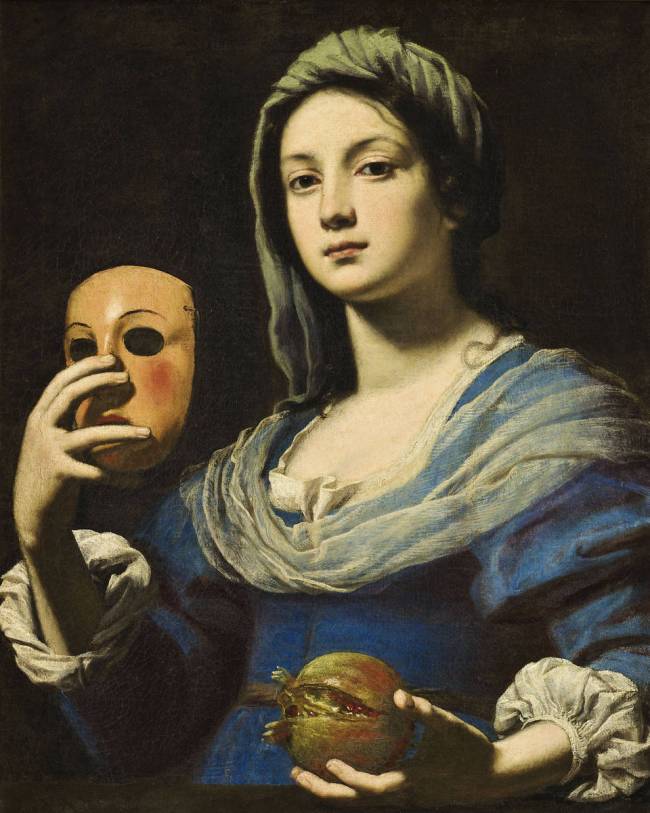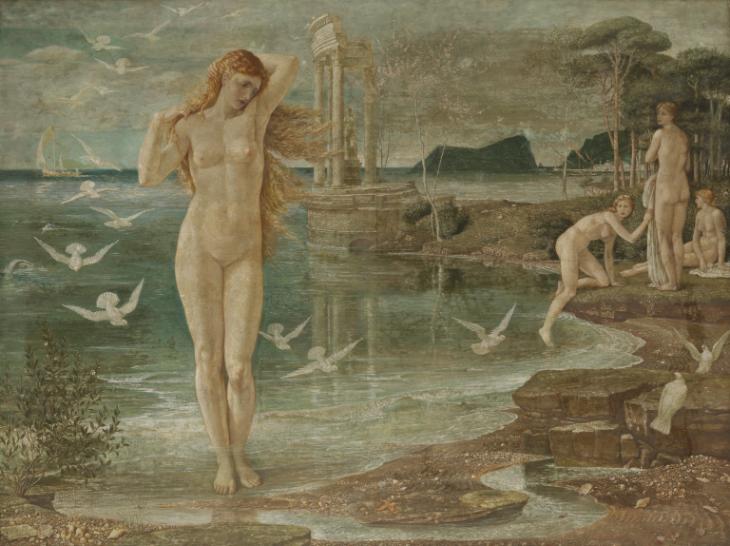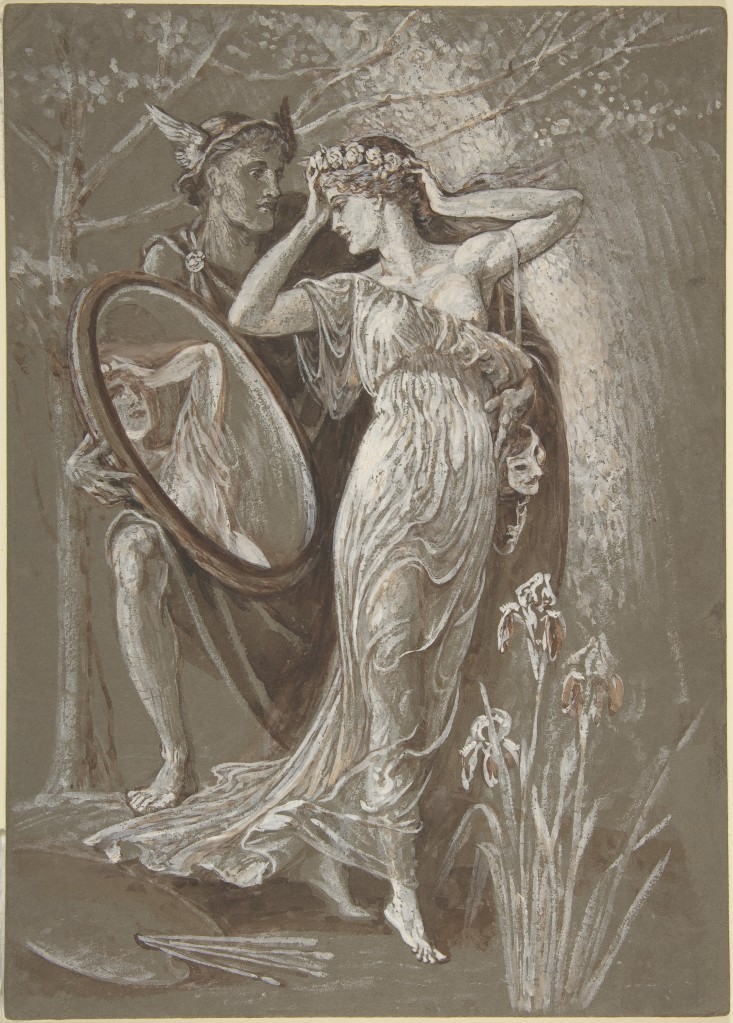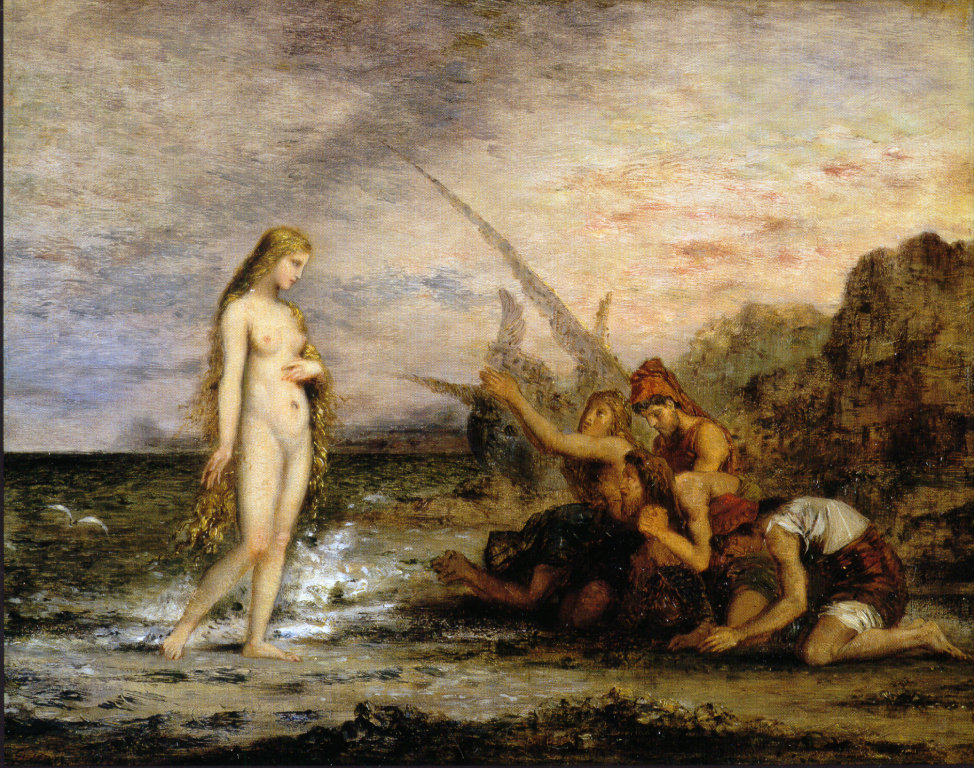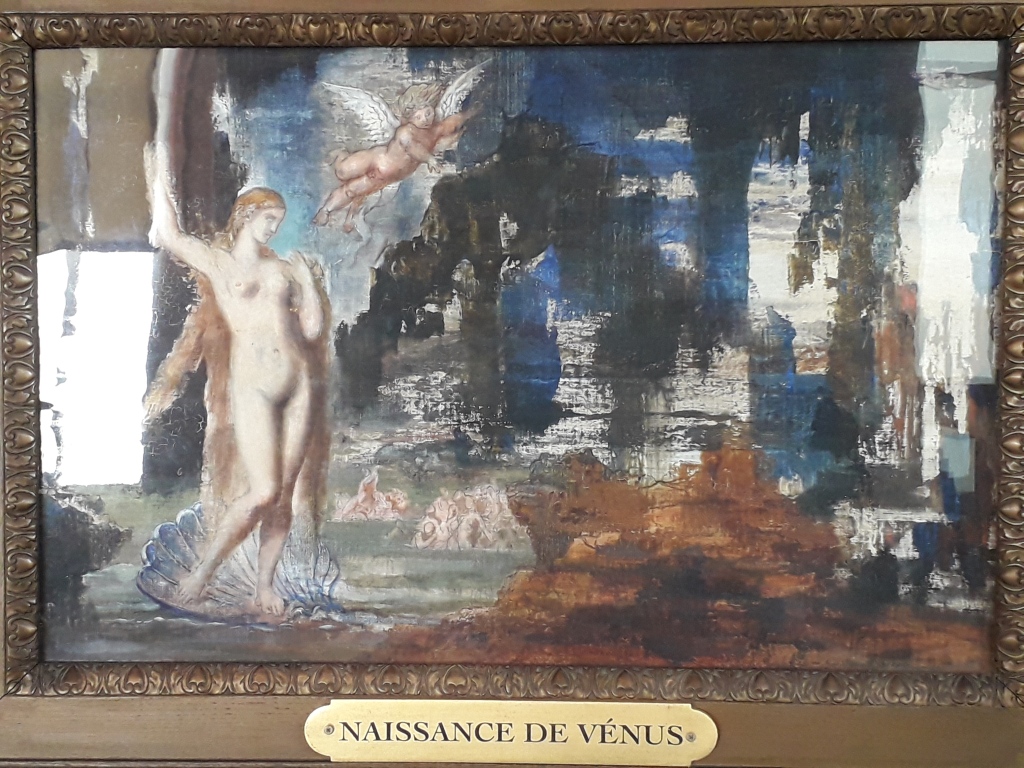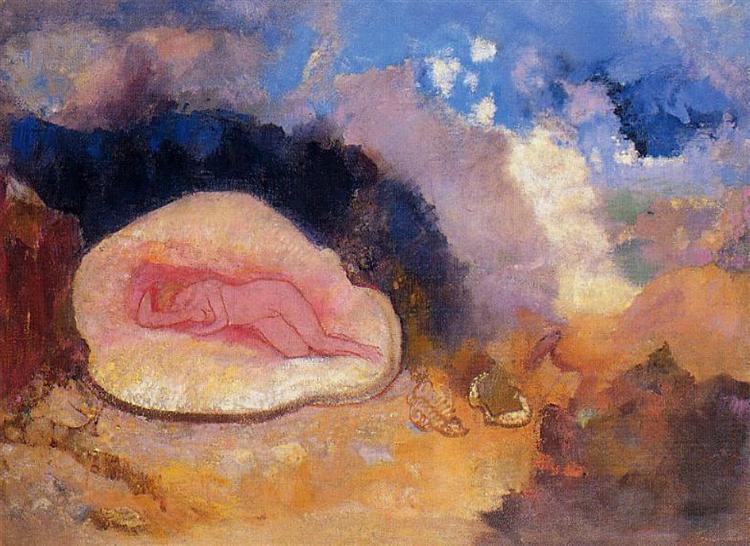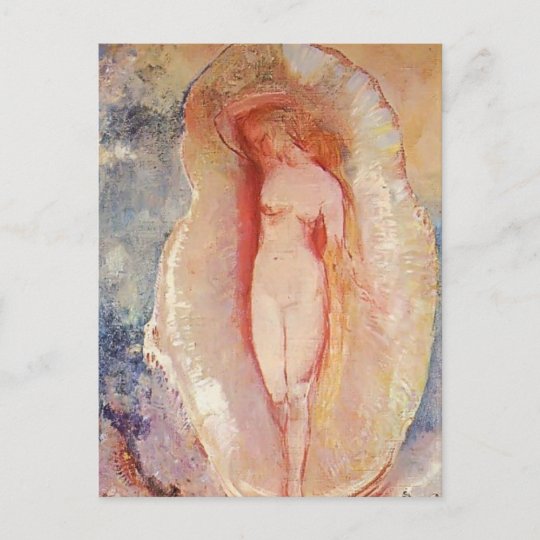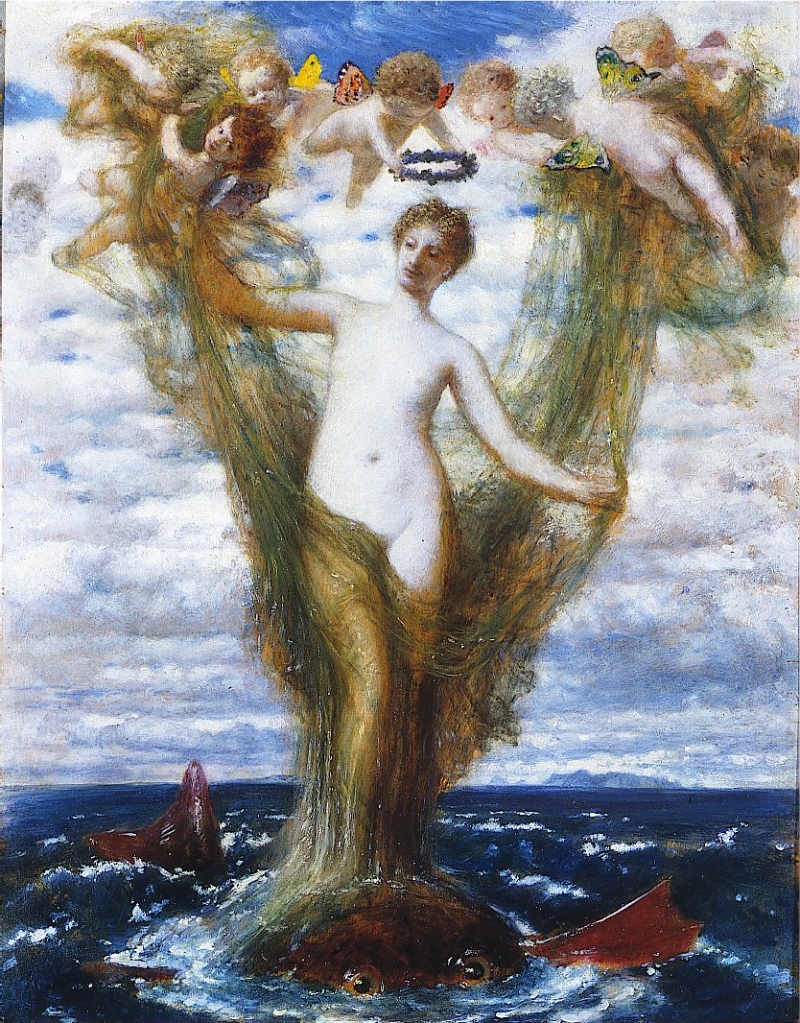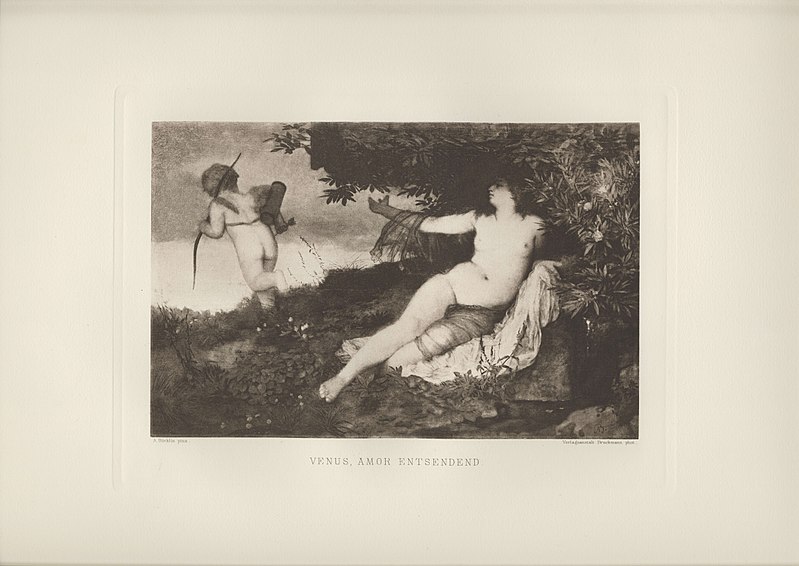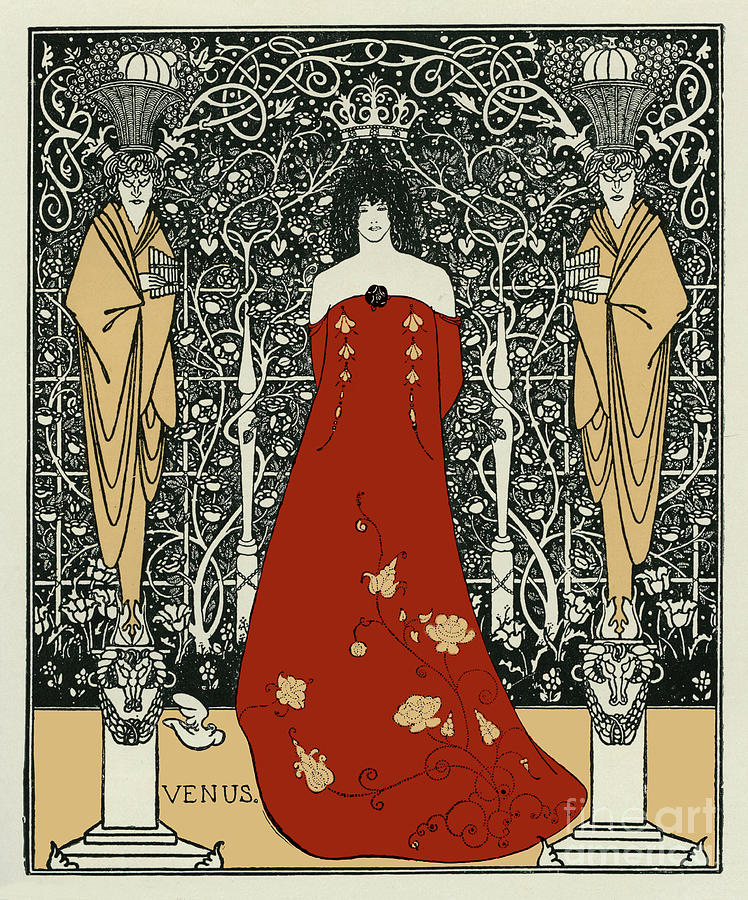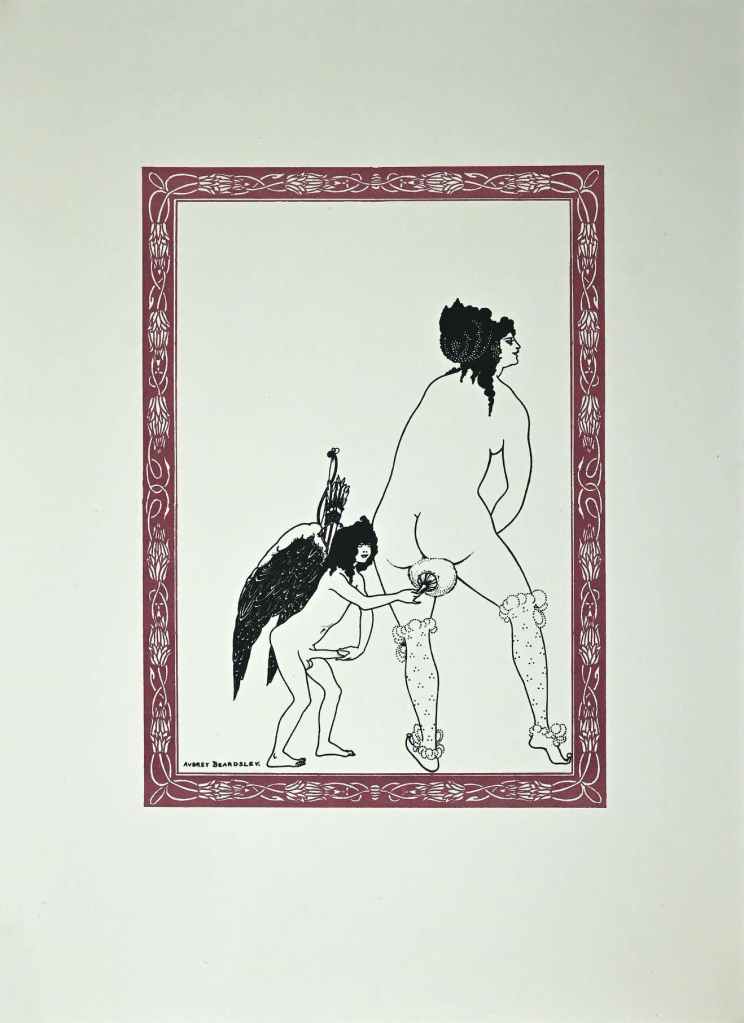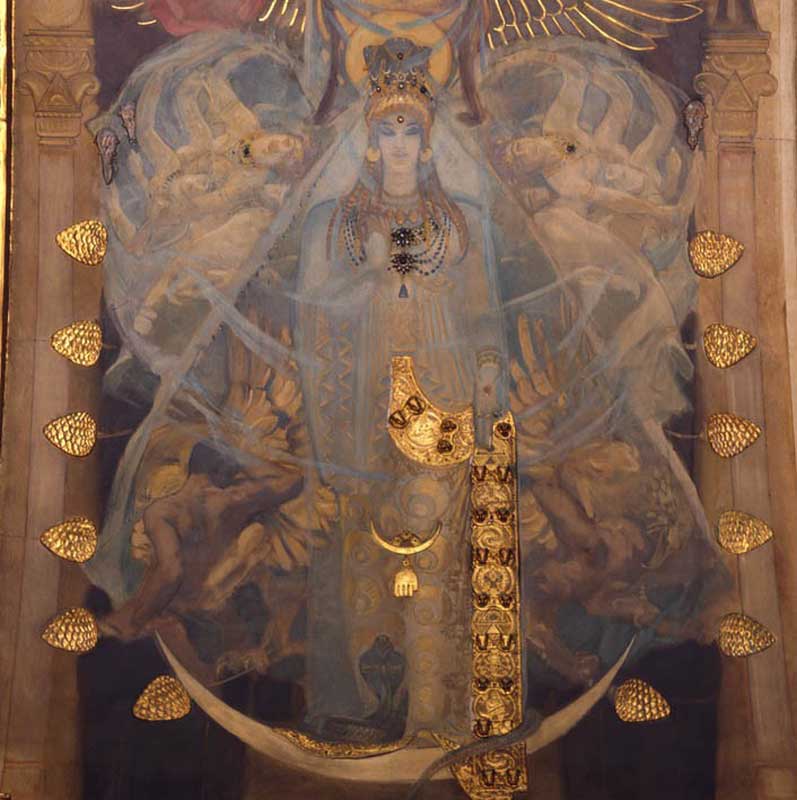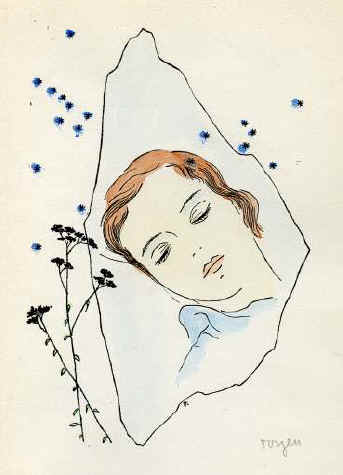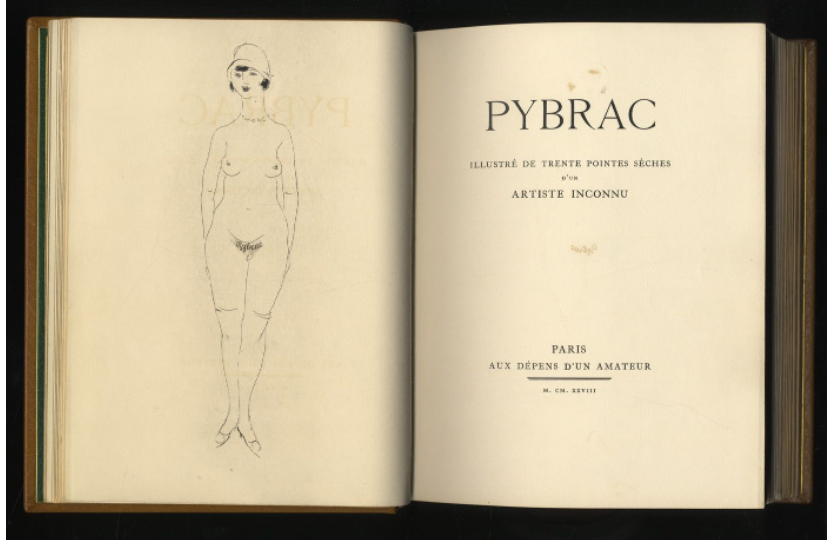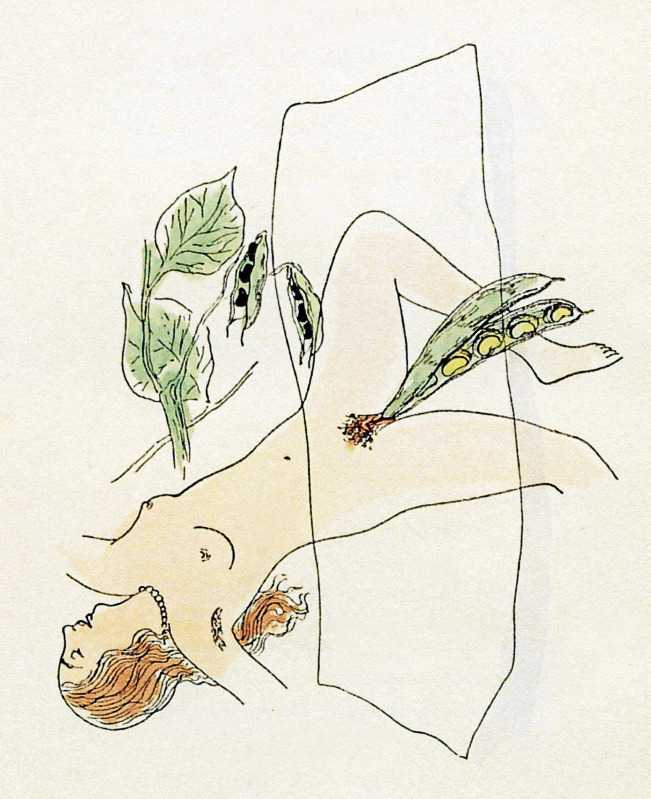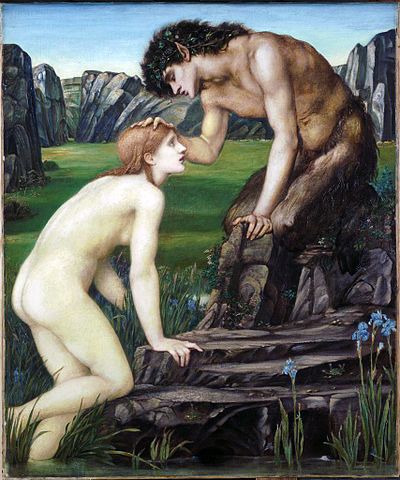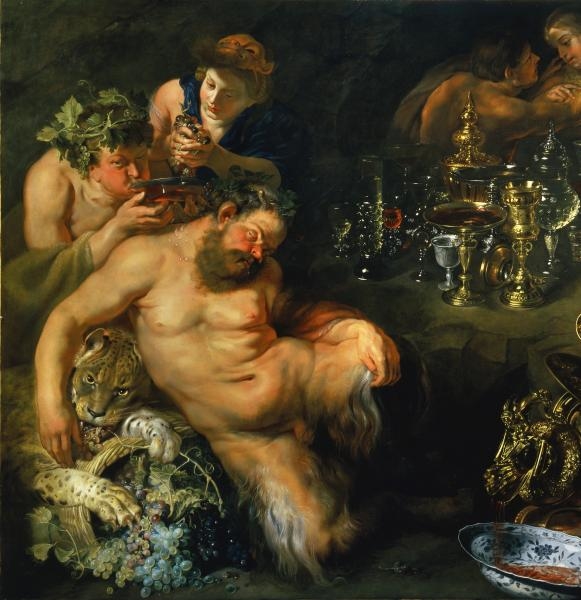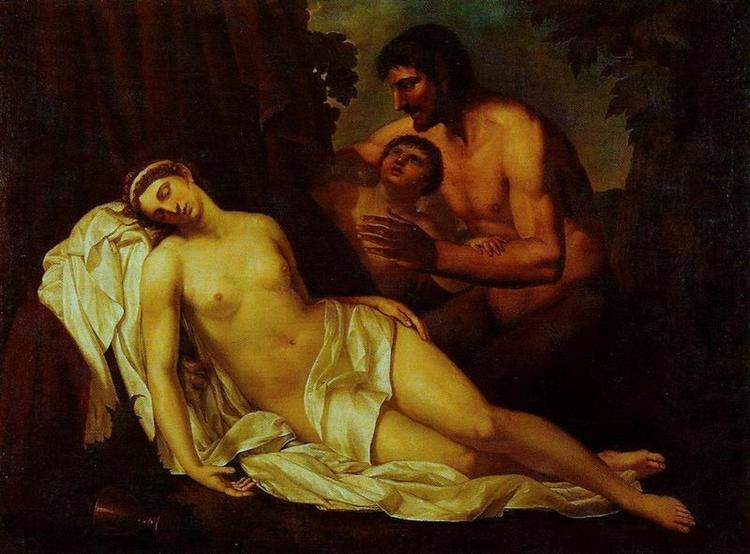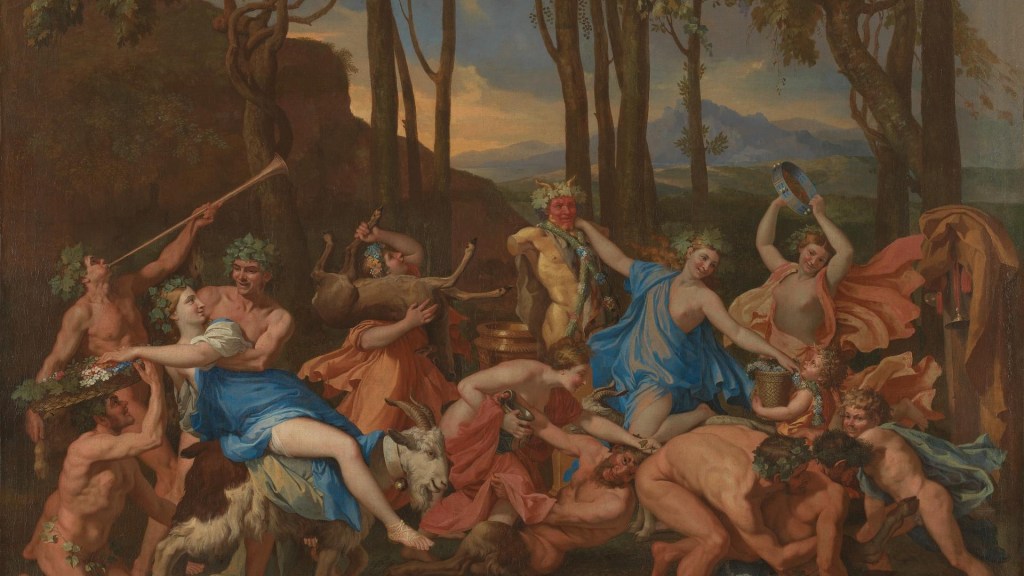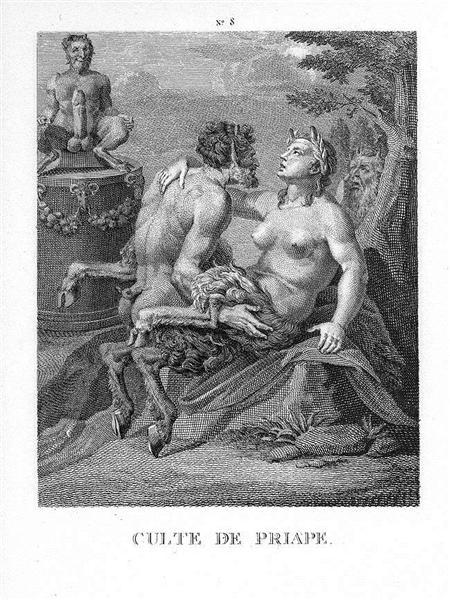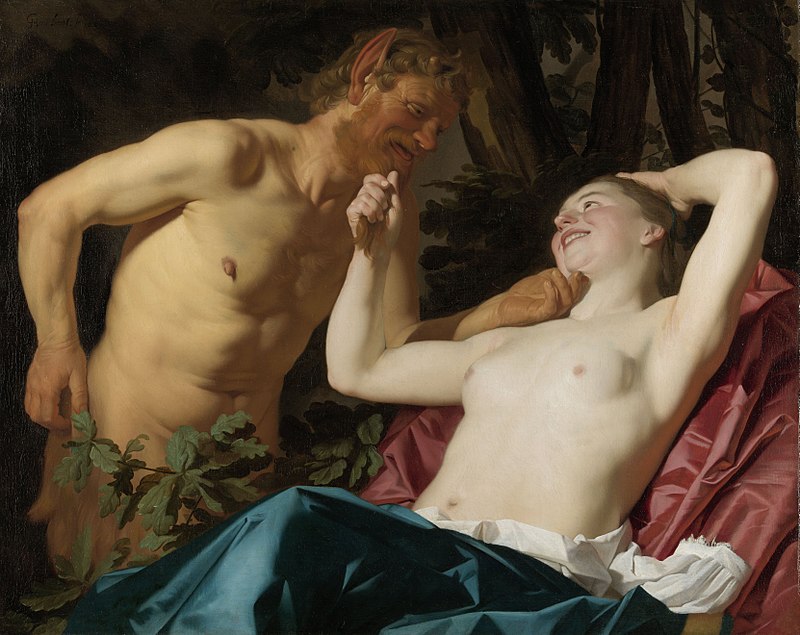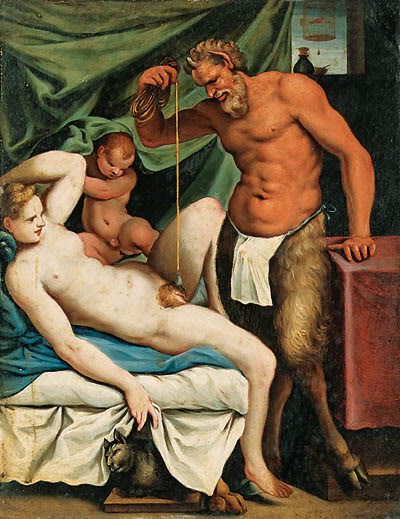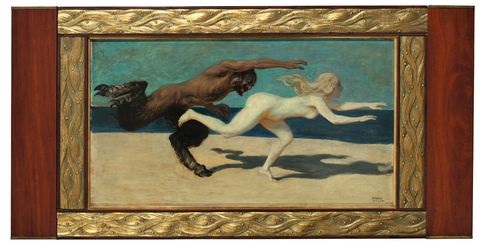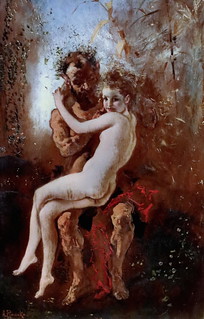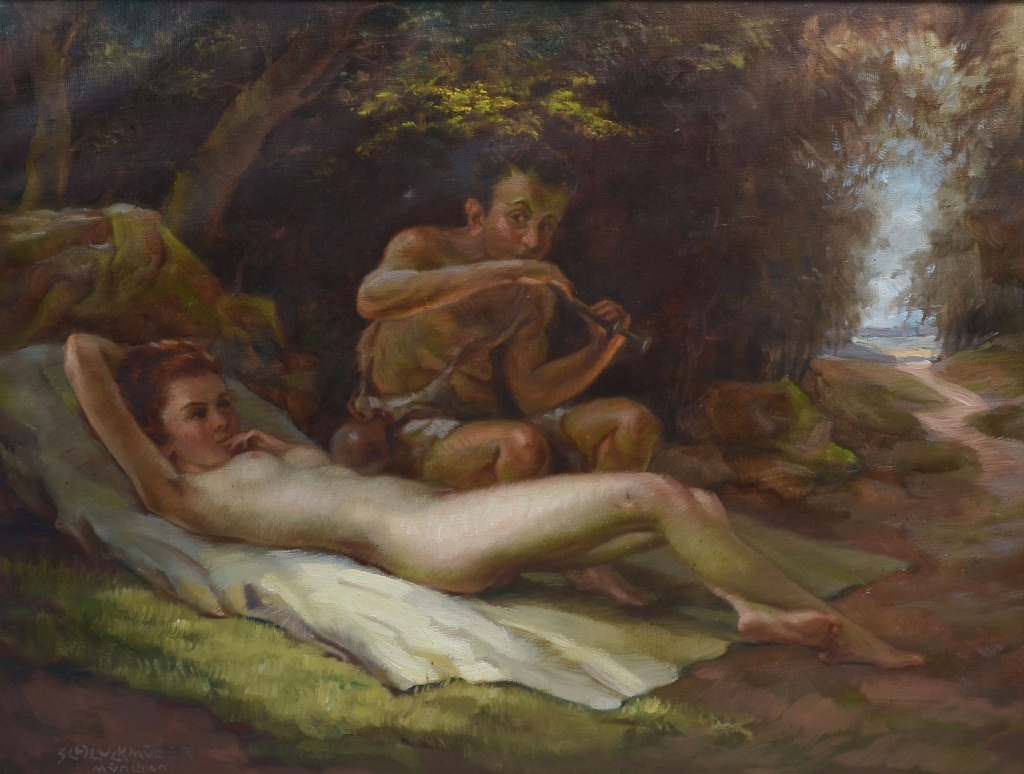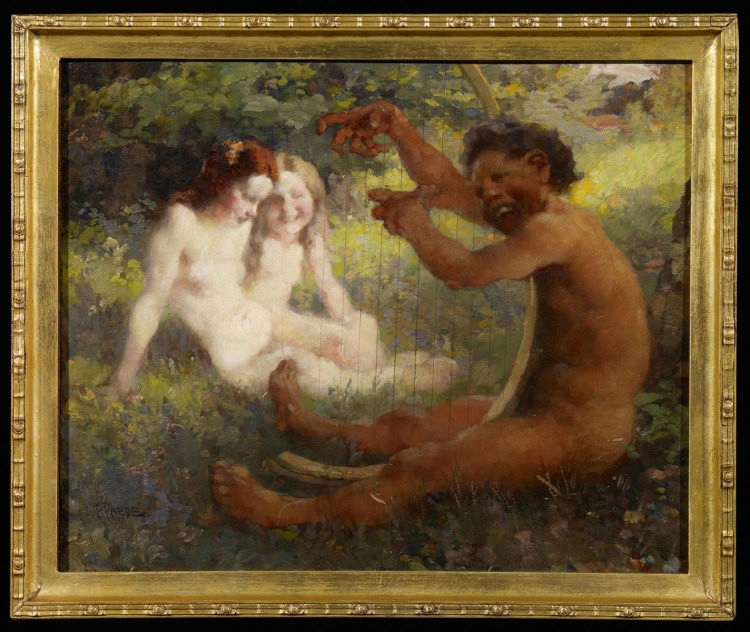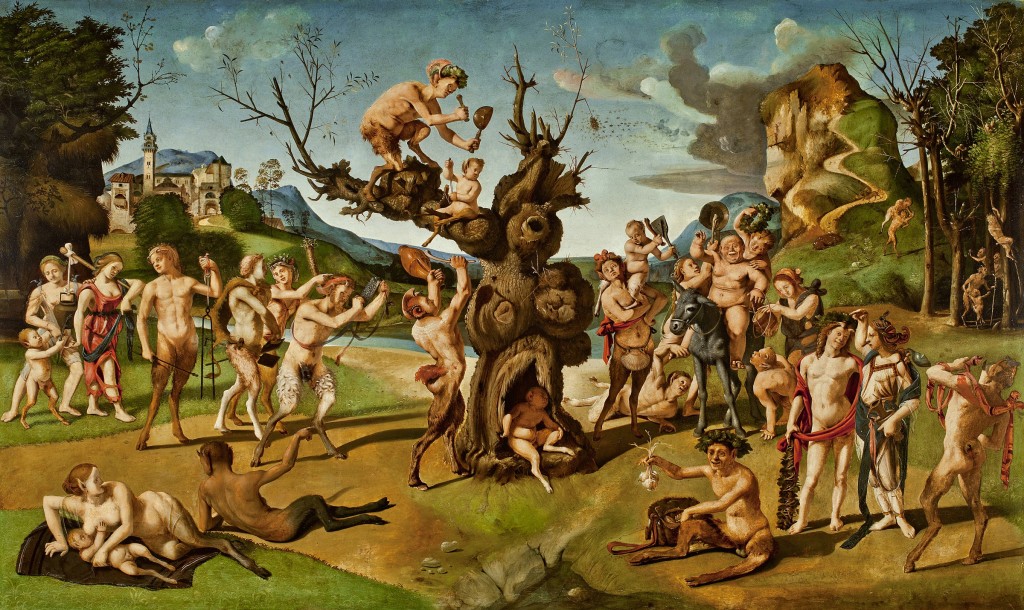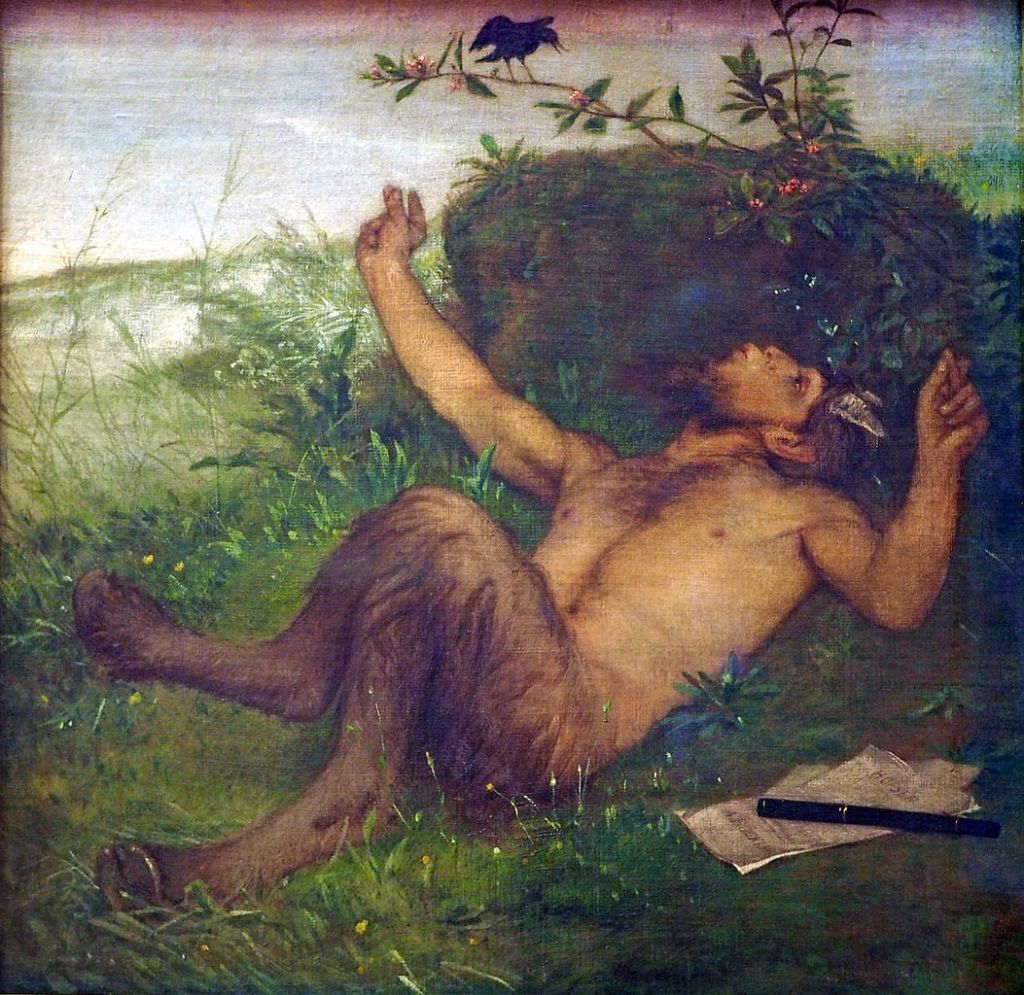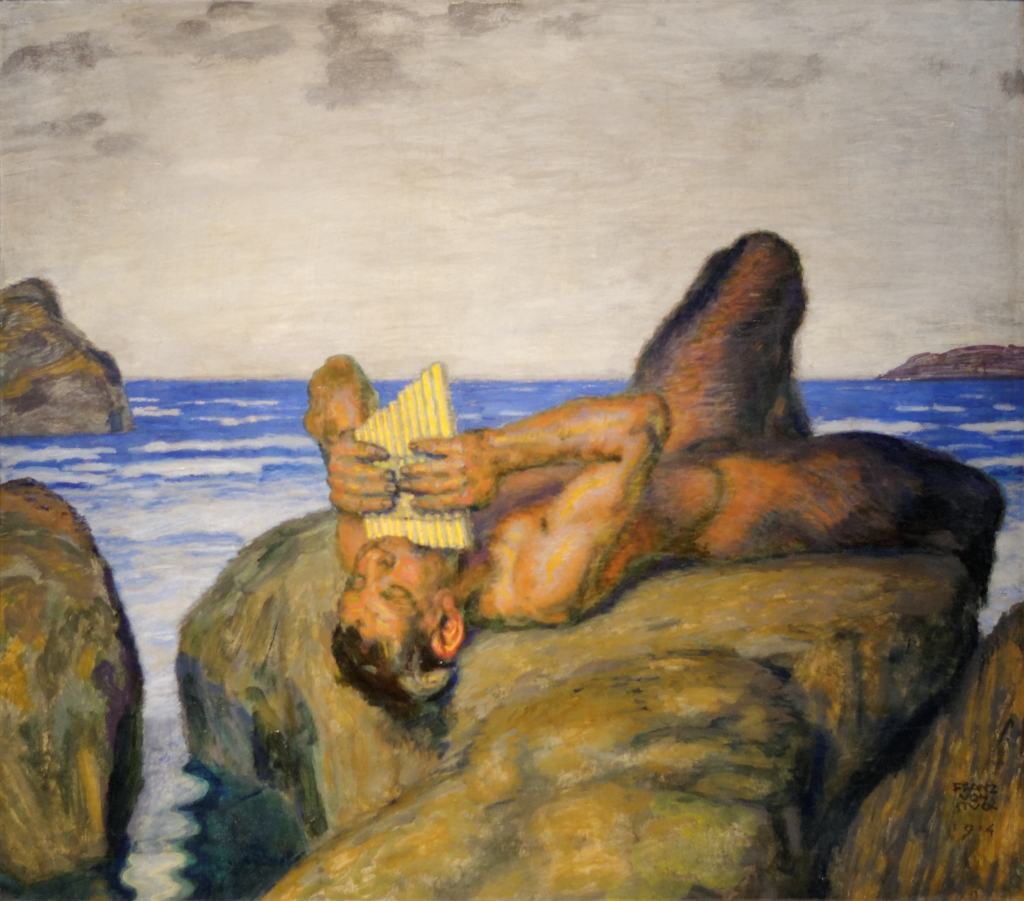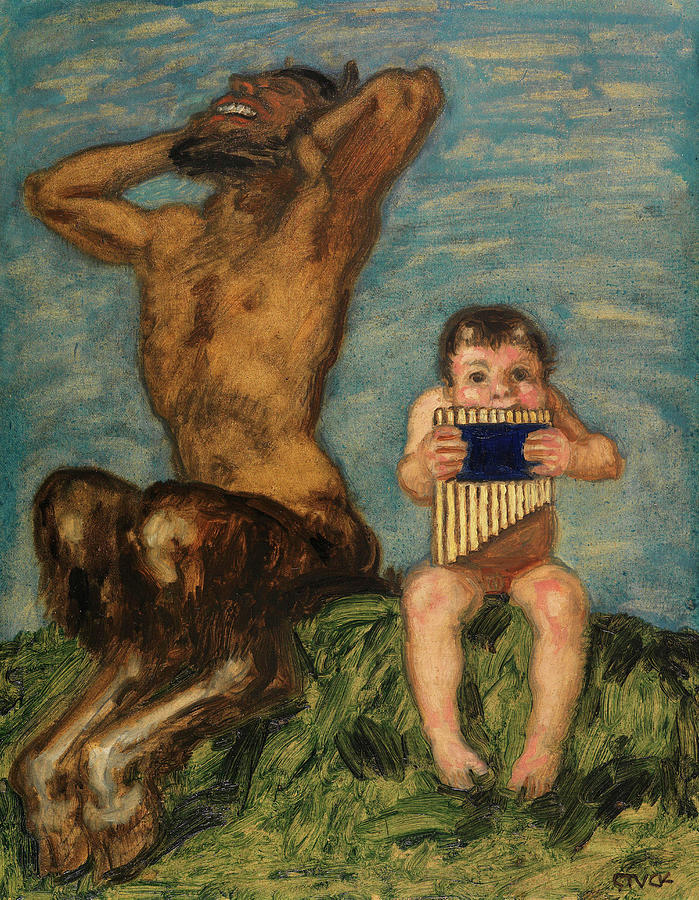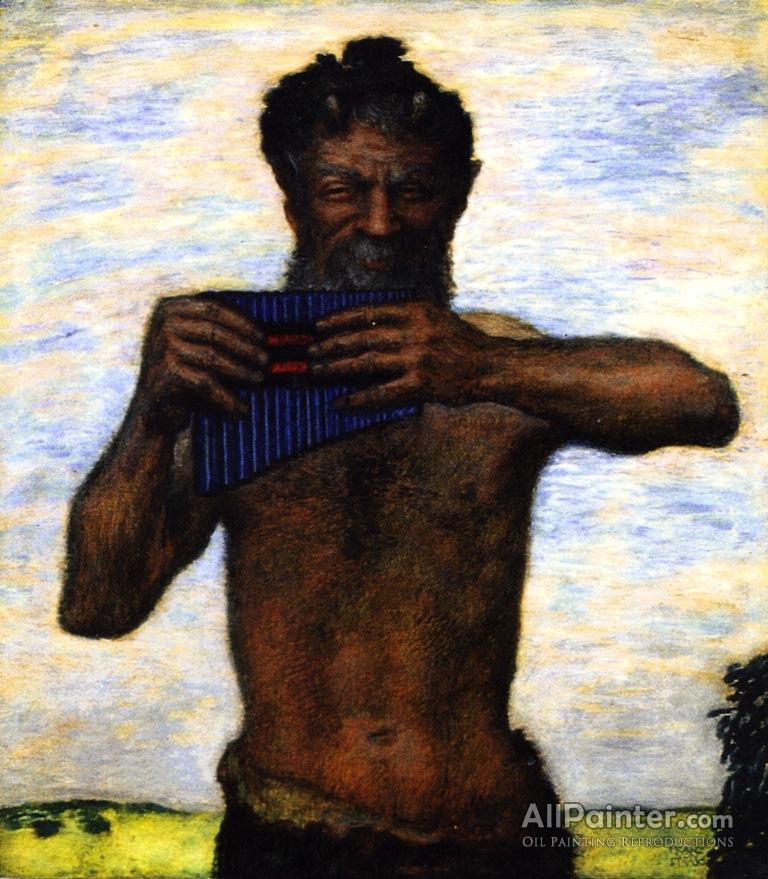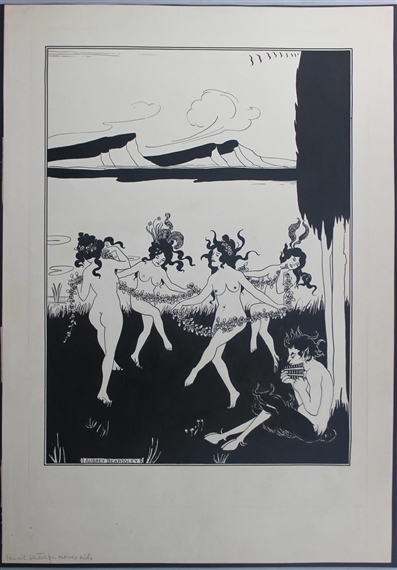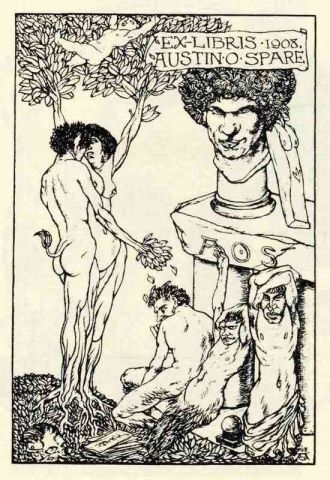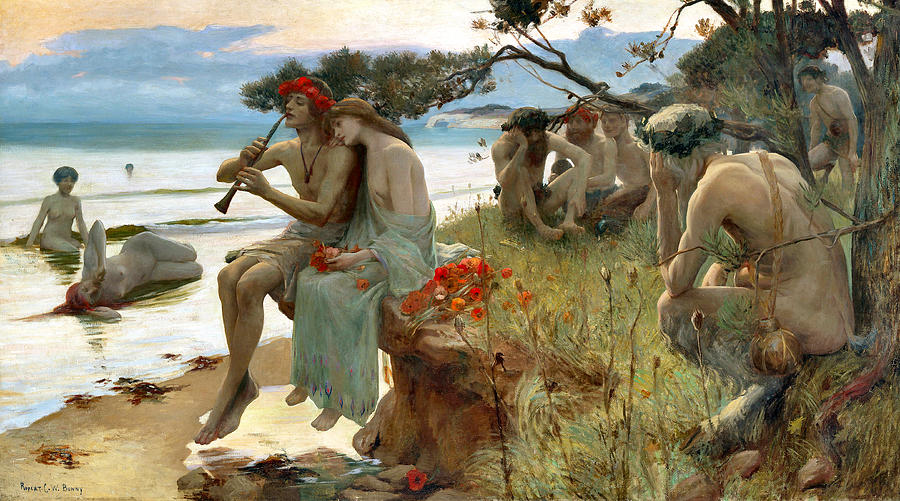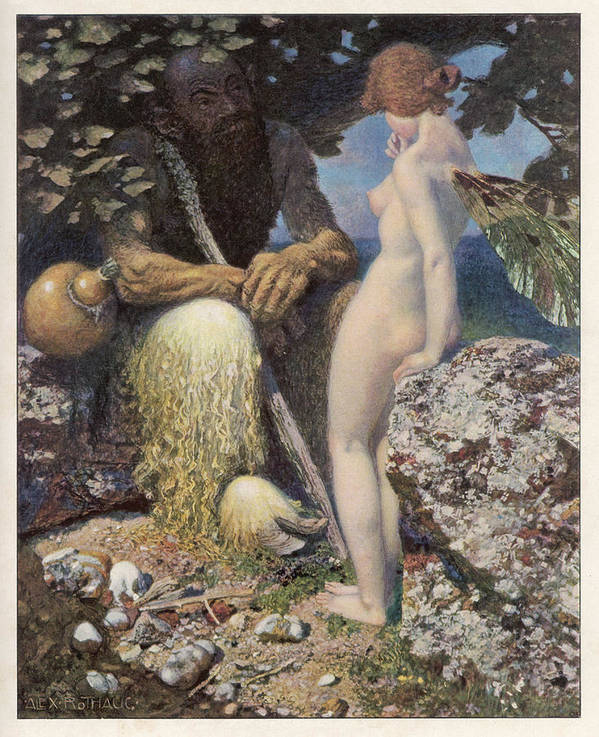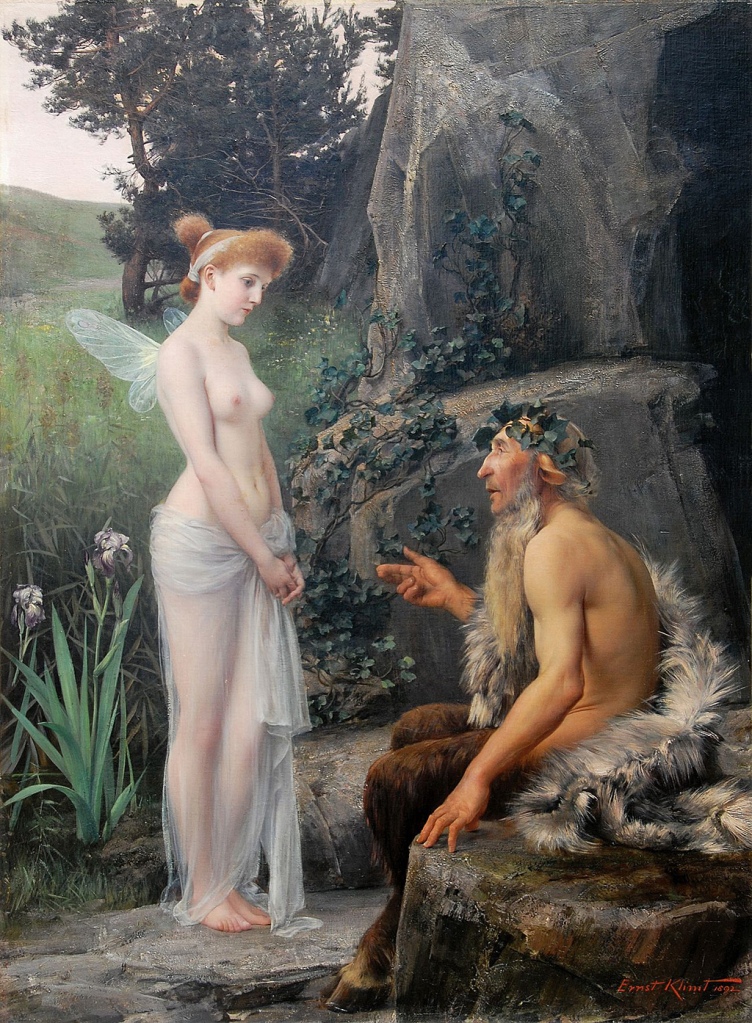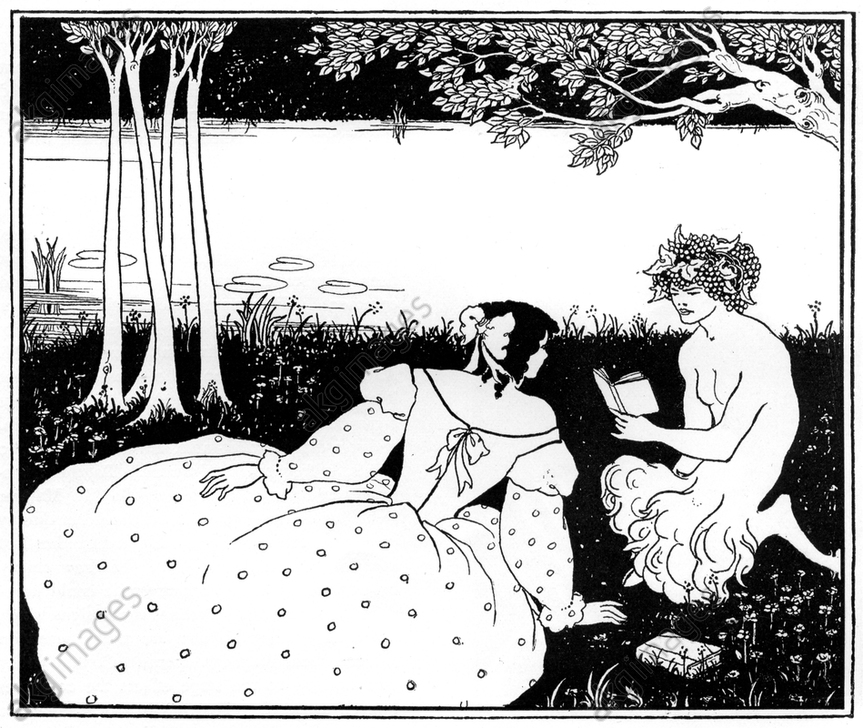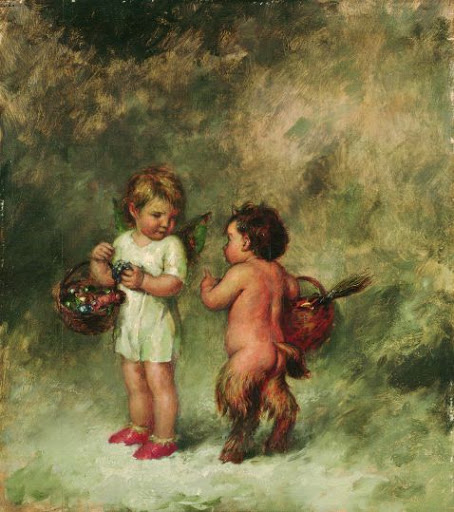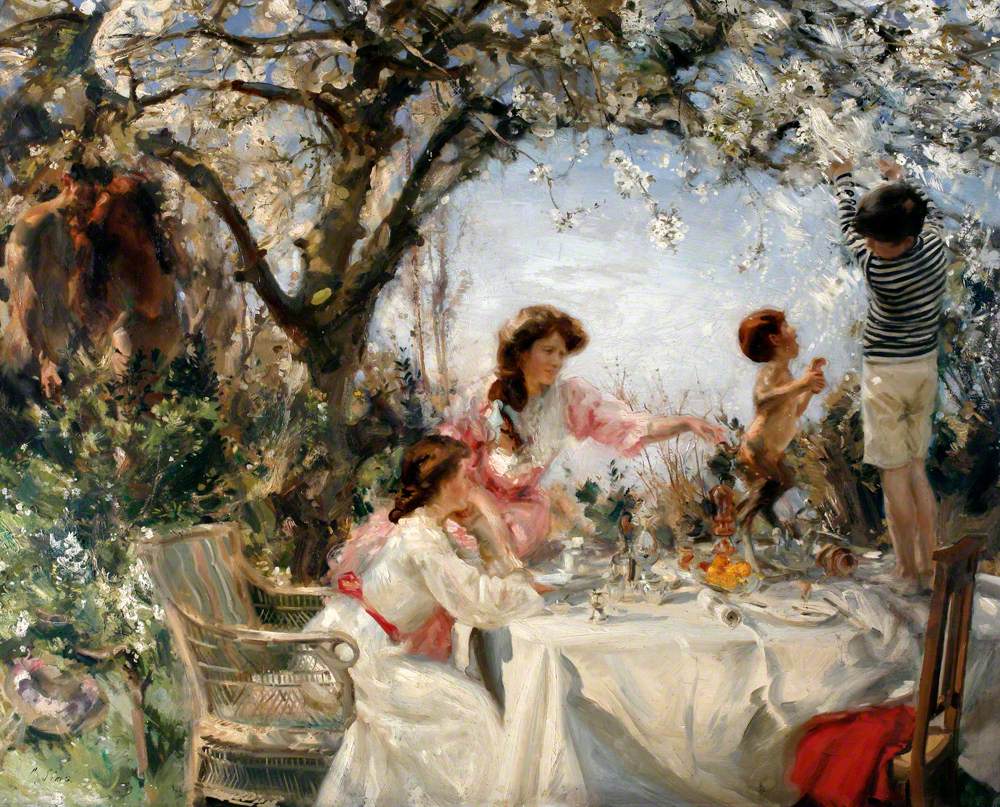
Two French painters, Gustave Moreau and Puvis de Chavannes, are generally regarded as being the originators of the Symbolist style of painting. In fact, this is a myth, a convenient reshaping of history after the events. Symbolism was a literary movement, centred on poets such as Mallarme and Verlaine, and it was only after the core elements of the new poetic movement had become clear that some individuals looked for visual equivalents to what they were writing and (post facto) selected some artists as their champions.
Gustave Moreau (1826-98) was not an unworthy choice, nevertheless, and his influence upon later artists of significance, such as Aubrey Beardsley, is not to be underestimated. Much of what he painted foreshadows themes and ideas that were key to the later Symbolist and Decadent movements. Moreau was fascinated in particular by the figure of Salome and, in general, it has been said that his women “if not active destroyers… are women whom it would be unwise to offend. His fairies, for instance, are never the frail, fluttering creatures of early Romanticism, but personages who are both powerful and, for all their beauty, sinister. They seem… to be part of a powerfully imaginative celebration of male fears of castration and impotence” (Edward Lucie-Smith, Symbolist Art, 69). The lovely but deadly femme fatale was, in fact, an obsession of numerous late nineteenth century writers and artists.

Moreau painted dreams and fantasies, those which gave expression to the “sexual roles and identity that characterise his age.” Symbolist dreams, though, were “more enigmatic, more perverse” than those of their Romantic predecessors according to Michael Gibson (Symbolism, 35) and they focused upon a binary opposition of androgynous males and perilous females. Another art historian has detected in Moreau’s work “voluptuousness” coupled with a “feeling that there can be no beauty without sorrow, the feeling of blood beside the most intensely sensual images…” (Jullian, The Symbolists, 37-38). Excitement, sex, violence and tragedy mixed together make for an addictive mix for audiences.

A couple of writers perceived these qualities in Moreau’s work. One I have discussed before: Karl Joris Huysmans; his literary Symbolism is inseparable from the concurrent notion of fin-de-siecle Decadence, as epitomised in his two major works, A Rebours (Against Nature) and La-bas (Down There), which explores Satanism. In A Rebours, Huysmans identified Moreau as the quintessentially Symbolist aesthetic painter, the focus of the writer’s attention being upon the artist’s paintings of Salome dancing before Herod. He describes these two images in chapter four of the book; Salome’s dance is “lascivious… lost in a mysterious ecstasy,” through which she becomes “symbolic incarnation of undying Lust, the Goddess of Immortal Hysteria, the accursed Beauty… the monstrous Beast…” She represents “mortal woman, the soiled vessel, ultimate cause of every sin and crime”- a sentence which encapsulates the period’s combined fear, desire and misogyny. As for the creator of this “true harlot, obedient to her passionate and cruel female temperament,” Moreau himself is said to have had “a morbid perspicuity of an entirely modern sensibility.” He was “haunted by the symbols of superhuman passions and superhuman perversities, of divine debauches perpetrated without enthusiasm and without hope.” The painter himself has become the epitome of Decadence.

Emile Zola felt the same: he had his reservations about Moreau’s work, but in L’Oeuvre (1886), he too described the artist’s depiction of Salome; she was “this idol from some unknown religion,” created by “the unwitting artisan of this symbol of insatiable desire, this extra-human image of flesh transformed into gold and diamonds…”
So, at the roots of Symbolism, Decadence and Art Nouveau lay Moreau with his emphasis “on sensual cruelty and suffering” (Lucie-Smith, Eroticism in Western Art, 139-141). Along with subjects such as Messalina and Salome, this perverse eroticism was inherited by Beardsley and, in turn, by Franz von Bayros and others. This decadent sensibility is, as well, the link connecting these visual artists to the work of a writer such as Pierre Louys. He first began to write and publish in the 1890s, but he cannot be termed a Symbolist, I don’t believe- he’s too concrete and fleshly for that. He is resolutely Decadent, though, I’d say- and it appears that von Bayros understood that. Included his portfolio the Erzählungen vom Toilettentisch (Tales from the Dressing Table, 1911) there is a plate titled Der Tempel der Cotys, in which a naked woman is depicted near a Greek temple embracing a female herm statue rather too enthusiastically. The goddess Cotys/ Kotys was the ancient Thracian goddess of wild places, who was worshipped with Bacchic-like orgies. She was also known as Cottyto and, under this name, appeared in Louys’ second novel Aphrodite as the subject of frenzied rites: she was the goddess “in whose name fearful, unknown debauches were accomplished” by the temple courtesans. “Once a month, at full moon, they gathered in the close of the temple, maddened by aphrodisiac beverages and girdled by canonical phalli.” One of the women would take a fatal dose of poison and then “Her body, everywhere foaming, became the centre and the model of the whirling orgy…” Von Bayros, like any educated person, knew his classical myths; in the same Toilettentisch collection he illustrated his vision of the encounter of Jupiter und Europa and, in 1914, he published a portfolio entitled Götterliebschaften (The Loves of the Gods) in which he depicted such stories as that of Leda, Circe and (again) Europa. Nevertheless, Cotys is an obscure figure from the ancient pagan pantheon, and I can’t help suspecting that he found her (and the associated female orgies) in Louys’ famous novel, for the perspective of the French writer would have been deeply appealing to the Austrian illustrator.

Pierre Louys brought together in his written work many of the strands of feeling highlighted in my summary of Gustave Moreau: a consistent eroticism coupled with an innate perversity, the inherent misogyny, the often ambivalent attitude towards female sexuality as something intriguing but threatening, the fascination with the ancient past and its stories and deities. For Louys, as for von Bayros, Beardsley, Moreau and many others, the distant past provided a safe vehicle by which difficult contemporary issues and concerns could be examined.
For more discussion of von Bayros and the conjunctions between art and Louys, see my study In the Garden of Eros.

